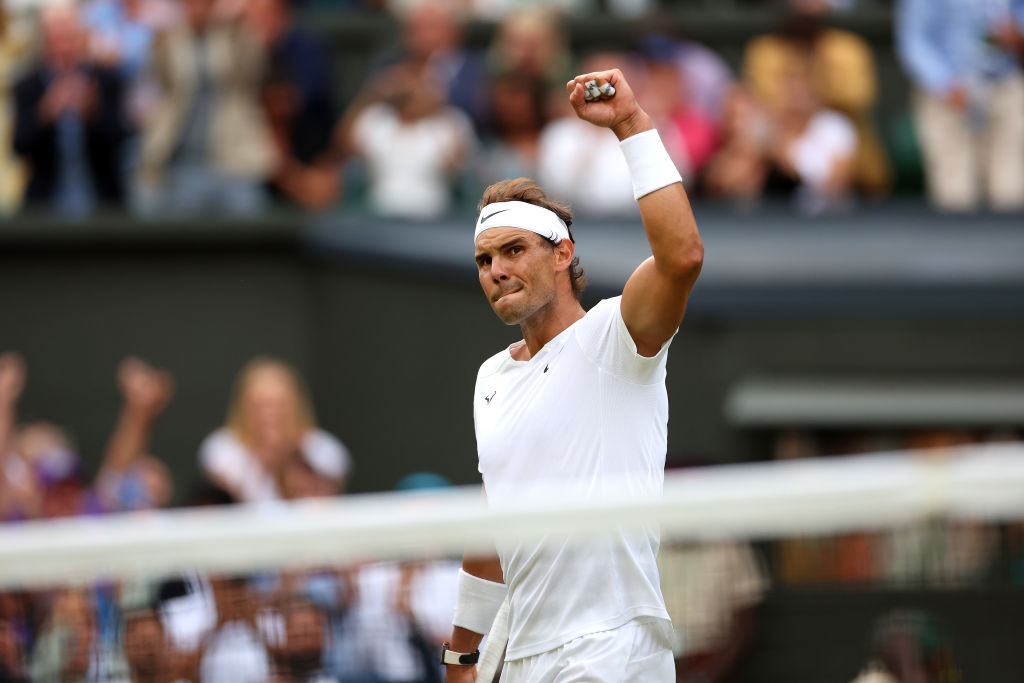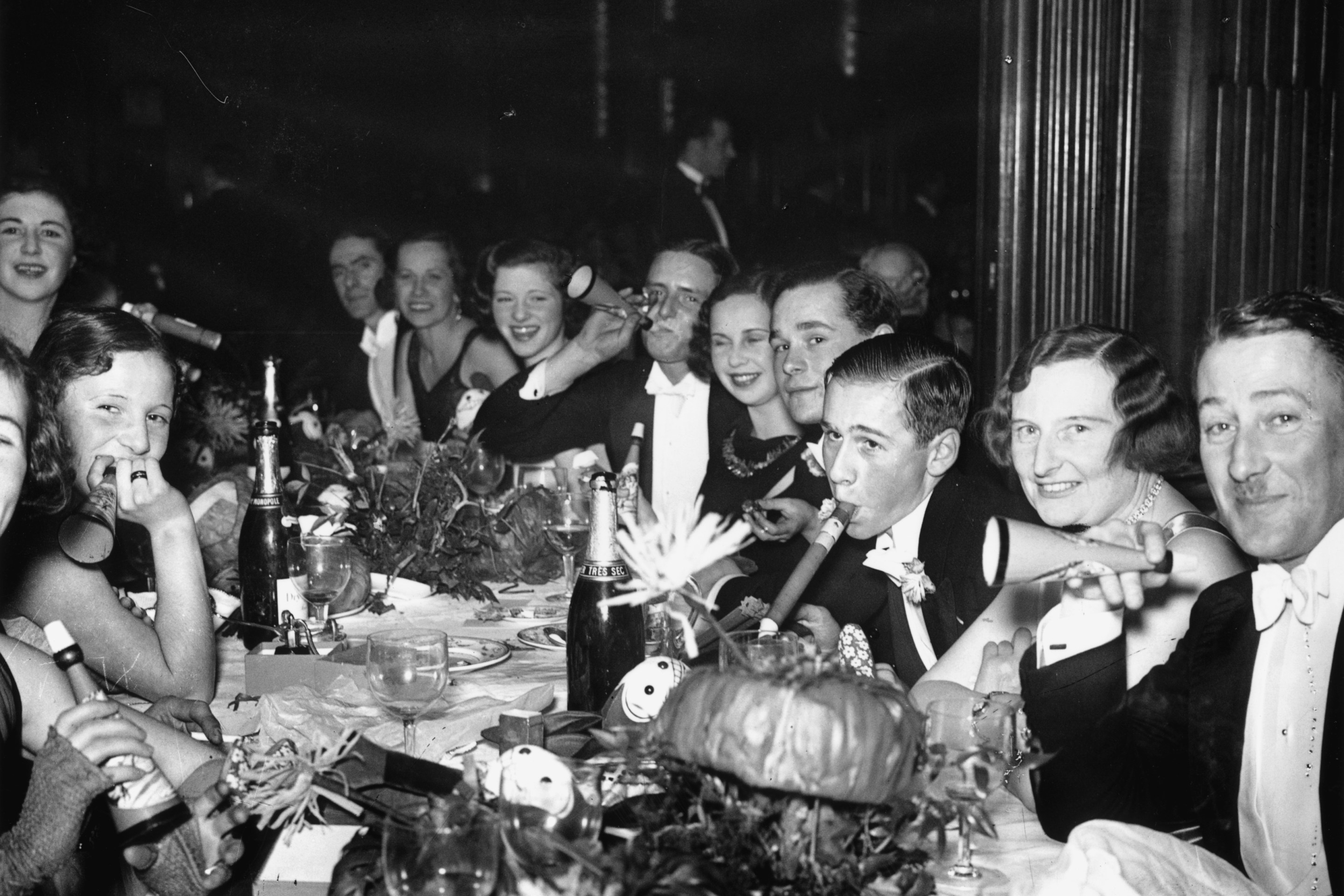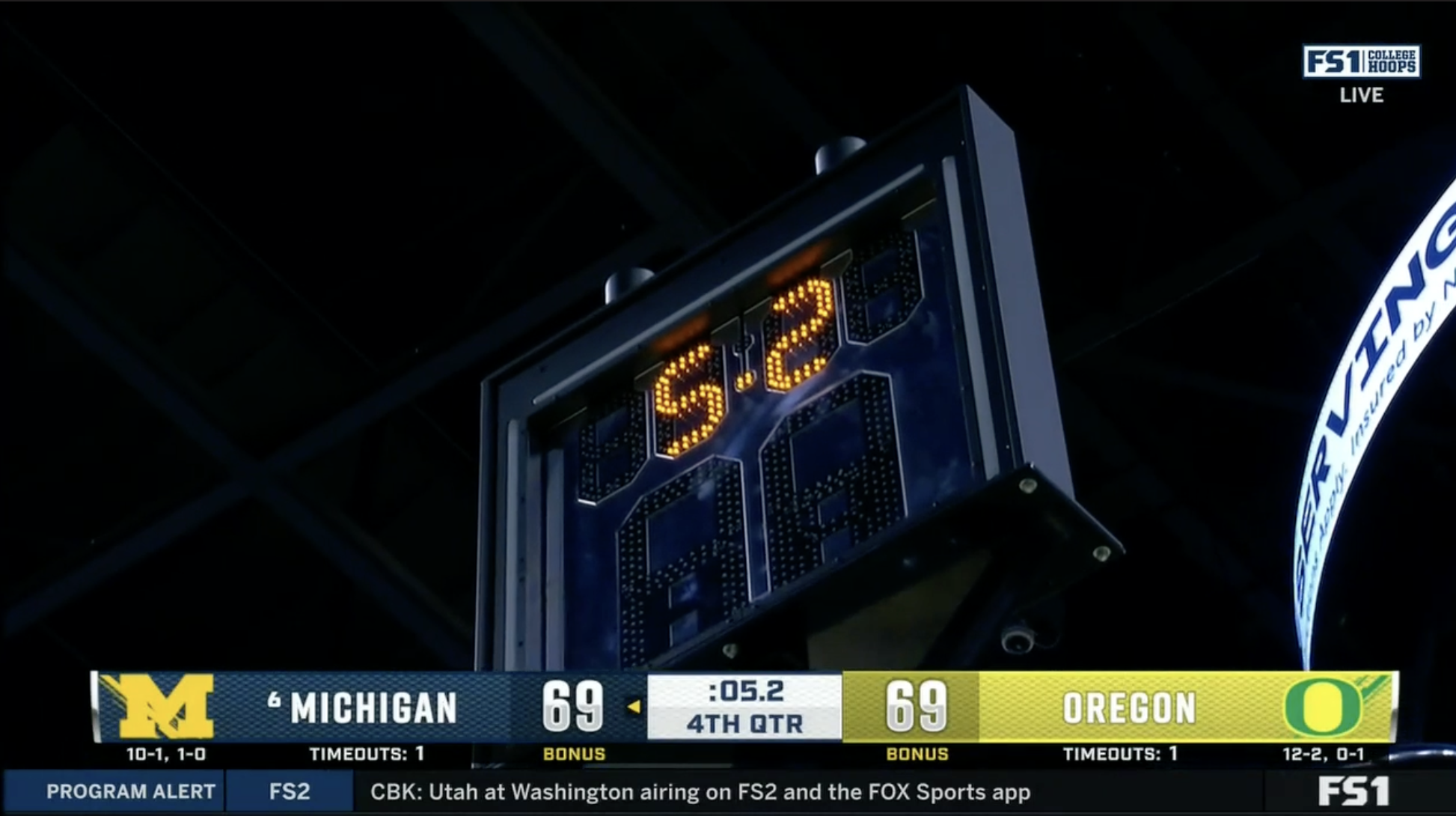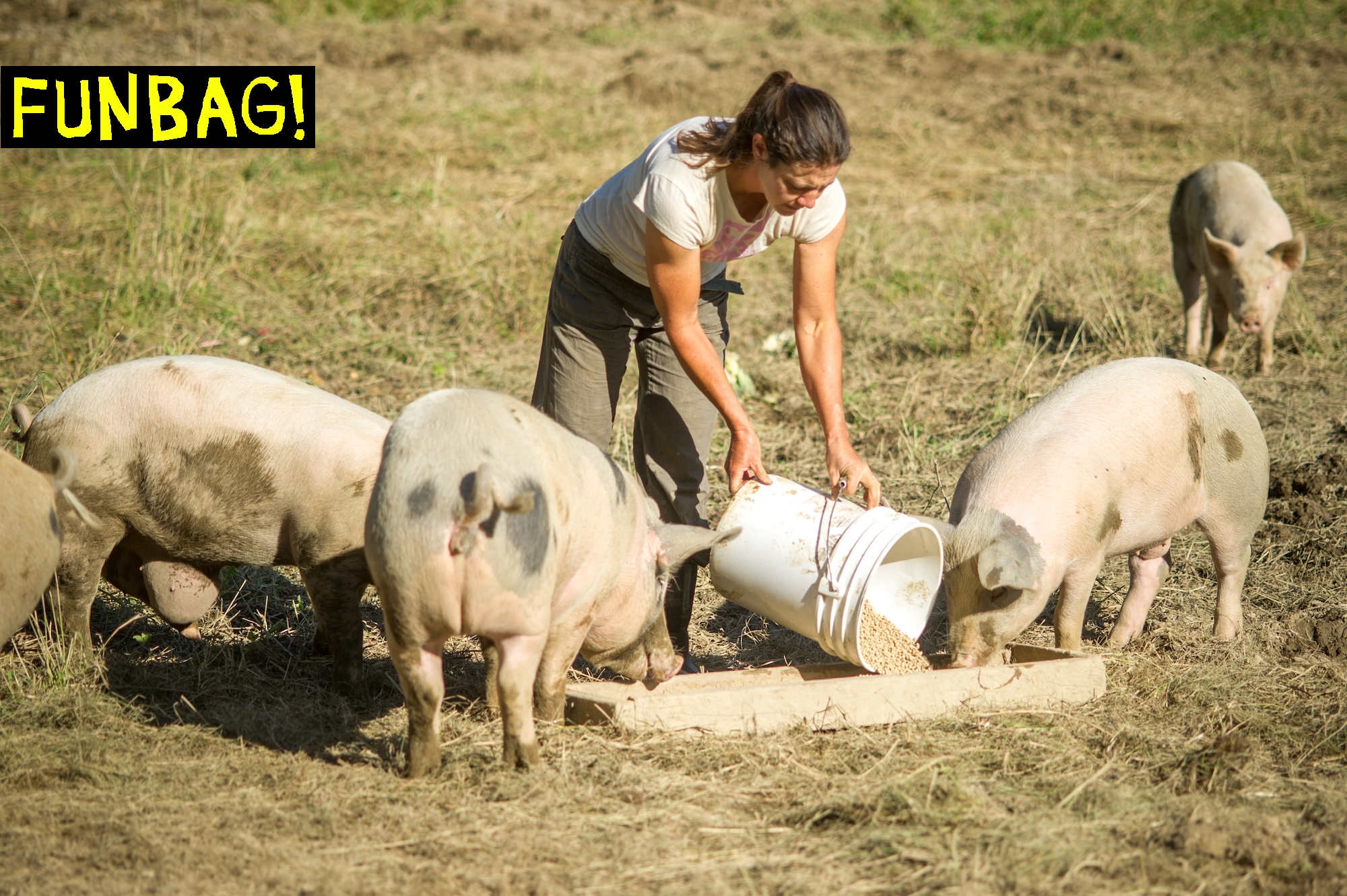Rafael Nadal was seen with tape on his lower abdomen as early as his first-round match at Wimbledon. Through four rounds, at least to the outside eye, it didn't seem to hamper his play. The No. 2 seed dropped a set apiece in the first two rounds, not bad given that he was recovering from a successful procedure on his left foot early in June. Nadal rolled through the next two rounds in straight sets, pausing once to (somewhat ridiculously) scold Lorenzo Sonego at the net.
It was only in Wednesday's quarterfinal match that his ab pain took the foreground, as Nadal clutched at his stomach and rubbed his temples during changeovers; he won in five sets anyway. The Spanish paper Marca reported on Thursday that he had a 7-millimeter tear in one of his abdominal muscles. Later in the day, Nadal announced that he'd be withdrawing from the tournament.
That's difficult news to process for any fan who had looked forward to a marquee semifinal matchup against Nick Kyrgios, and perhaps even more so for Taylor Fritz, Nadal's young vicitm in that five-set quarterfinal. The top-ranked American on tour, and the No. 11 seed at Wimbledon, Fritz is also one of just three people to defeat Nadal this season. The 24-year-old's triumph came in the title bout at Indian Wells, in a battle of the damaged. Fritz, who busted his ankle in his prior match, overruled his team's advice to forfeit the final, and underwent enough painkilling treatment on the joint to upset Nadal, himself fighting through what was later diagnosed as a stress fracture in his rib. ("When I'm breathing, when I'm moving, it's like a needle all the time inside here," Rafa said after the final.) That 6-3, 7-6(5) hard-court victory was a high-water mark for Fritz's career. He's always had a destructive serve, but the crux of his recent success was cleaning up the serious issues with lateral movement, which in turn unlocked his crispy groundstrokes. After a decent clay season he carried momentum onto grass, where his serve does more of the hard work, winning a title at Eastbourne, and refusing to drop a set at Wimbledon until this quarterfinal—where he was deposited brusquely in the Jannik Sinner Zone.
Fritz started strong. Nadal, who occasionally had his hands on his knees after his serves, required a medical timeout at 4-3 in the second set and took some pills. Nadal may well have quit there if he dropped that second set—his family seemed to be moodily calling for self-preservation—but he stole it away. Fritz took the third. Nadal's average serve speed steadily descended across four sets, before rebounding in the fifth, perhaps as adrenaline and chemical aid took effect: 108 mph, to 103, to 101, to 99, and back up to 104.
After the match, Fritz said that he found it easier to block back Nadal's faster serves early on, and struggled when taking bigger cuts on his slower deliveries. It's always interesting to hear how it feels from the inside; it might also be that Fritz knows all to well how to smack the fuzz out of a feeble second serve, but specifically blanched at the notion of doing it against Rafael Nadal in a Wimbledon quarterfinal. Fritz also played into Nadal's forehand and was punished in some inopportune moments. As always, the No. 2 seed found a way to operate amid discomfort. (He won the French Open in June without sensation in his left foot.) Nadal kicked up the pace on his groundstrokes. He played just enough defense to make Fritz double-guess his shot selection. What's most amazing about Nadal in these moments is that he doesn't really bother to triage. He upholds his usual ritual: Every point is played in a vacuum, as if under life-or-death stakes, no matter the context of the scoreboard. He won in a deciding set tiebreak, 3-6, 7-5, 3-6, 7-5, 7-6(4).
“The level of tennis, if we put away the problems, something that’s difficult, the level of tennis, the feeling that I am having with the ball on my hand is honestly great," Nadal said in post-match presser on Wednesday. But when he announced an impromptu press conference on Thursday, it was clear those problems could not be put away.
"Not only I can't serve the right speed, I can't do normal movement to serve," Nadal said. "I don't want to go out there and not be competitive enough to play at the level to achieve my goal. And there is a big chance to make the thing much worse." He hopes to resume his normal schedule in four weeks. In 2022, the old truism holds: Nothing can beat these guys at the majors, except occasionally their own bodies.







